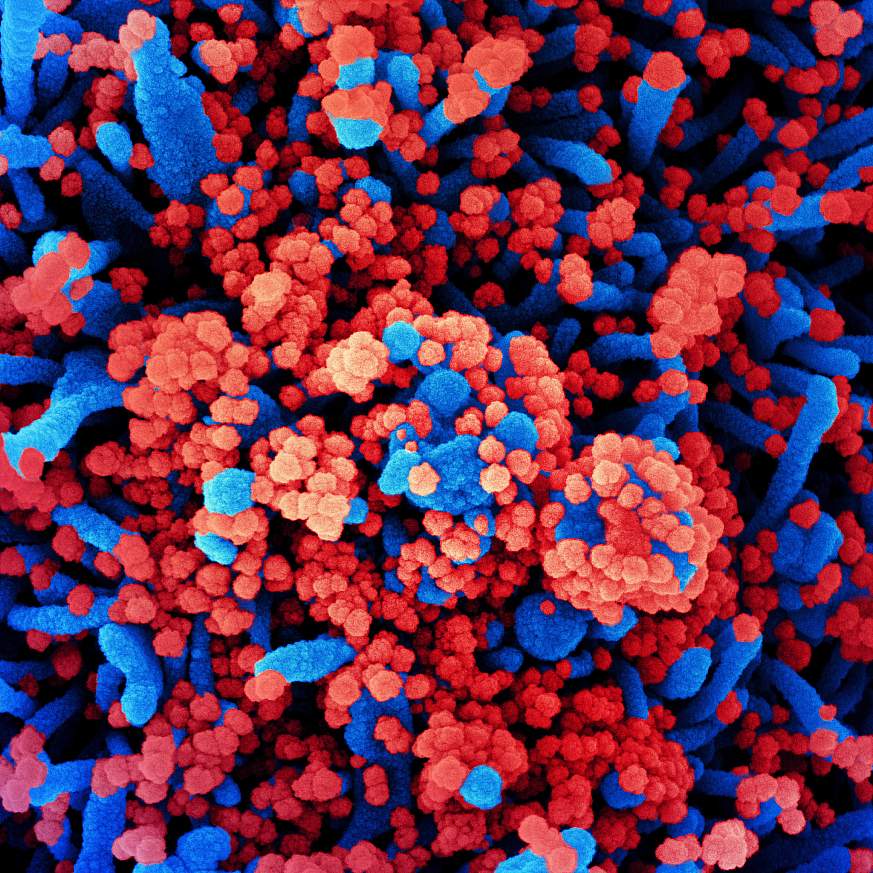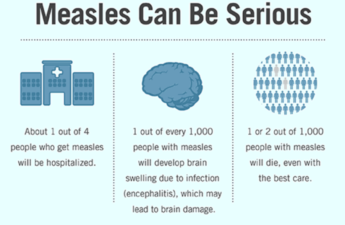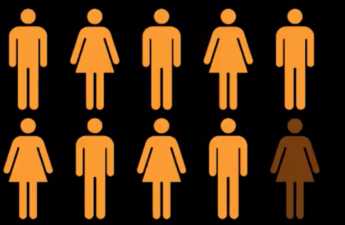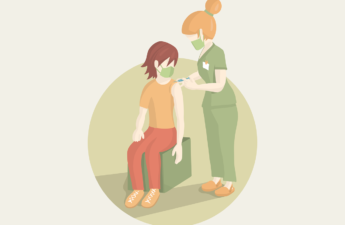
From Public Health – Seattle & King County
The highly infectious Omicron variant is moving at an astonishing speed, according to the latest projections. We project the number of King County cases by next week to be three-times higher than the highest peak we’ve seen previously in the pandemic. We expect case numbers to continue to rise in January.
A similar pattern is expected to emerge in other parts of the United States.
The severity of Omicron cases is not clear at this time. Most fully vaccinated people should be protected from severe infection, but we expect to see many more serious cases in unvaccinated people, as well as many milder breakthrough infections among the vaccinated.
The rapid rise in cases has the potential to be more disruptive than previous waves, endangering the health care system’s ability to care for people, as well as being a major disruptor to businesses, schools and key infrastructure, as employees become ill.
King County residents and workplaces are urged to take steps now to reduce the risk to themselves, their families, and others in order to lower the impact of the expected surge on the health care system and the community.
The latest projections are based on the rapid rate of spread of the Omicron variant in other countries, along with the latest local sequencing data.
“If we do a very simple 10-day projection of this rate of growth, we should expect 2100 daily Omicron cases in King County on December 22, 2022. This is approximately 3 times the number of cases seen at the highest point in the pandemic for King County (December 2020),” said Trevor Bedford, computational biologist at Fred Hutchinson Cancer Research Center.
“The biggest risk from this rapid spread of Omicron is for those who are unvaccinated,” said Dr. Jeff Duchin, Health Officer, Public Health – Seattle & King County. “Vaccination and boosters will protect many people from severe illness given our relatively high rates of vaccine coverage in King County, but with this fast surge, we could see a rapid increase in serious cases in unvaccinated people as well as an increase in less severe breakthrough cases.”
Dr. Duchin continued, “It’s best to prepare and not underestimate this virus. Now is an important time to do what we can to limit the number of people becoming ill in a short time that could overload our already stressed healthcare system, potentially compromising the care it can deliver when we need it.”
“The UW Medicine Virology Lab is testing 100 to 200 samples a day and has seen the variant quickly grow in a matter of days. Currently, more than one-third of the COVID samples we sequence are the Omicron variant,” said Dr. Alex Greninger, assistant director, UW Medicine Clinical Virology Laboratory.
Steps to prepare
It’s clear from the projections that this new wave of cases will pose new challenges that our community will need to respond to:
- Businesses and healthcare facilities should plan for impacts on the workforce and reducing risk in the workplace.
- Schools may also see impacts from more cases in staff and students after the winter break. Now is a good time to reinforce risk reduction measures including universal indoor masking, ventilation, and communicating that students, teachers, and staff should stay home when they have signs of illness.
- For the public: It’s important for our sense of connection and well-being to gather with friends, family, and loved ones. Please do it as safely as possible and limit the number and size of indoor gatherings if you can.
To make things safer right now:
- Avoid crowded indoor spaces during the holiday season;
- Limit the number of gatherings and if possible, do a rapid test the day of the gathering;
- Gatherings will be safer in well-ventilated spaces. Open windows for fresh air;
- Postpone travel where possible;
- Now is the time to refresh your mask if needed. Make sure it is well-fitting and high-quality. Everyone ages 5 and older, regardless of vaccination status, are required to wear masks in indoor public settings like grocery and retail stores, theaters, and entertainment establishments, and at outdoor events with 500 or more people. Masks are also recommended for everyone in crowded outdoor settings;
- Visit Washington DOH’s Vaccine Locator to get a booster appointment; and
- Take extra precautions for higher risk people in your life.
Steps to take if you test positive
- With the dramatic rise in cases expected over the next few weeks, more of us will test positive. We strongly urge people who test positive to:
- Stay home, except to get medical care;
- Take care of yourself. Get rest and stay hydrated. Take over-the-counter medicines, such as acetaminophen, to help you feel better;
- As much as you can, separate yourself from other people in your home; and
- Tell your close contacts that they may have been exposed to COVID-19. An infected person can spread COVID-19 starting 48 hours (or 2 days) before the person has any symptoms or tests positive. By letting your close contacts know they may have been exposed to COVID-19, you are helping to protect everyone.
Public Health has information on steps to take if you or a family member tests positive.


